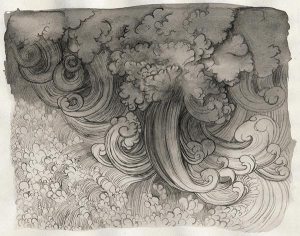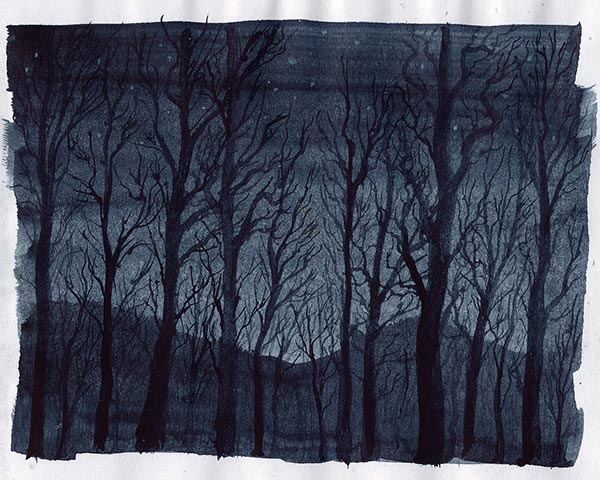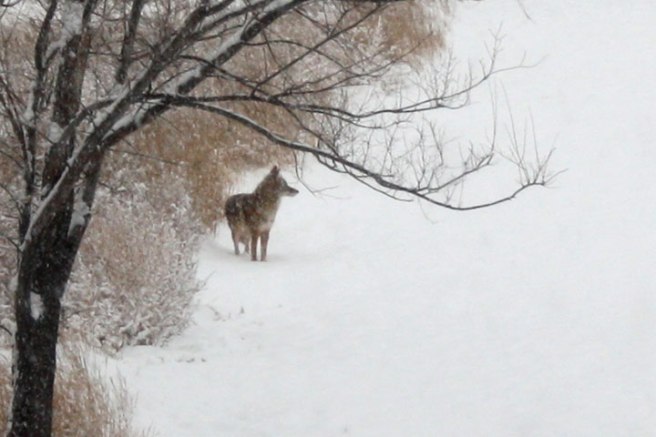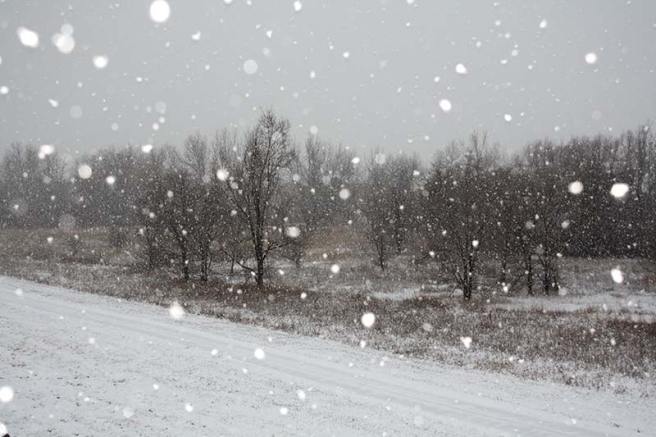
A little over a month ago I was passing through the front range of the Colorado Rocky Mountains and there were lots of aspen trees at the peak of their fall colors. They were interspersed among evergreens and I got a few nice photo compositions.
However, when I started this painting a week and a half ago, all I had with me for paints were watercolors. They turned out to ill suited for this scene because of all the little yellow leaves. With watercolor you typically work from light to dark, because most of the paint isn’t opaque enough for light colors to show up well on top of dark colors. That’s why watercolorists normally try to “save their whites” by avoiding painting anything that should be light with dark colors as it would be difficult to lighten it later. With so many tiny dots of yellow surrounded by dark colors it soon became obvious that to preserve the yellow leaves I’d have to first paint a general yellow shape and then define the leaves by tediously painting around each one with dark paint and a thin brush. Instead, I opted to just draw on top of the watercolor with a couple of pens to indicate all of the leaves. It was still tedious, just not as much as it would have been. Some leaves I was able to accent with dots of an opaque bismuth yellow though, so the dark to light approach isn’t a set in stone rule.

The reference photo required a lot of editing because it was taken in poor lighting and started out very dark. After brightening it I actually darkened some parts of the background again to help the center tree stand out a little better and reduce background distractions.












